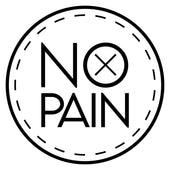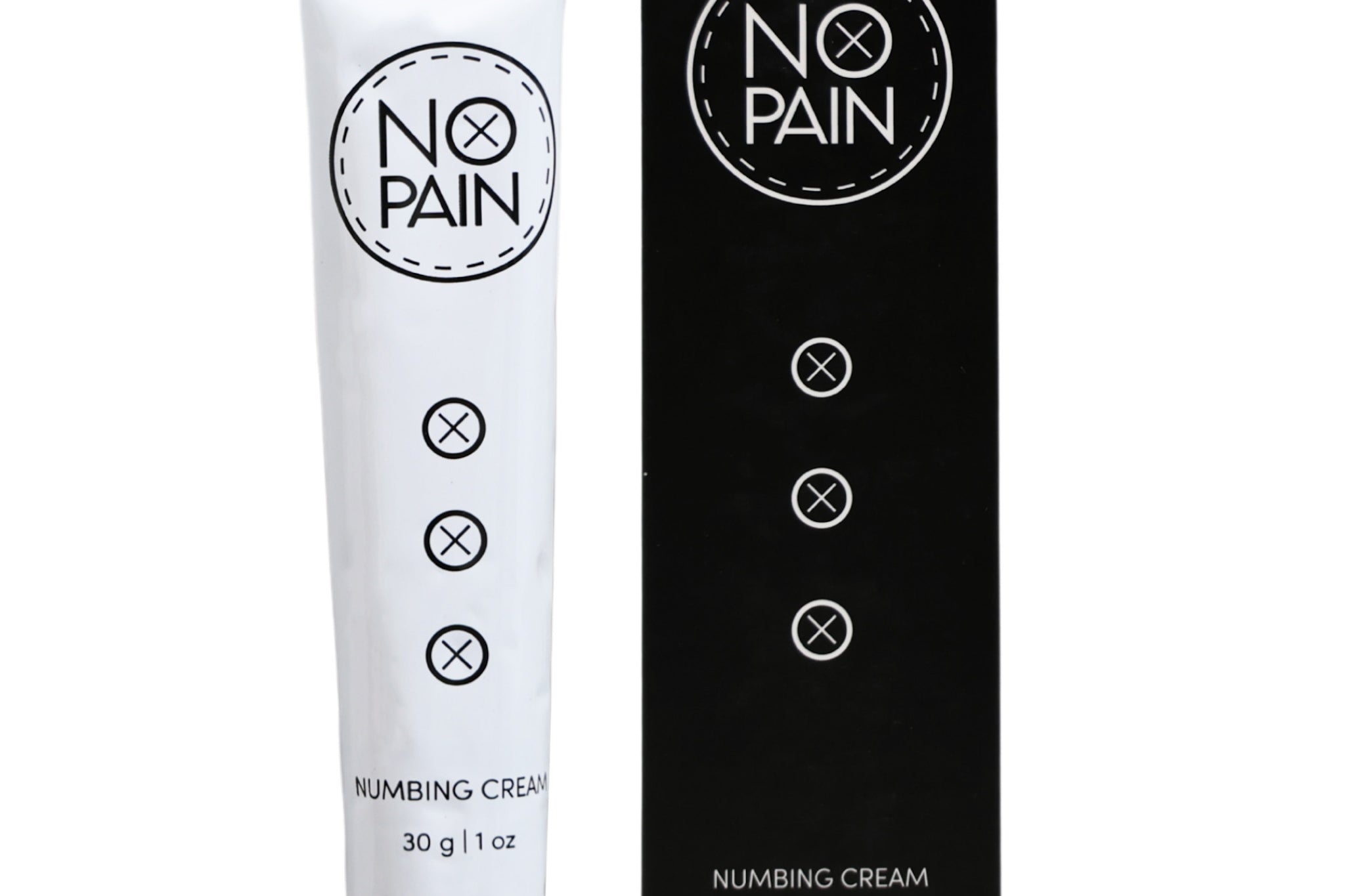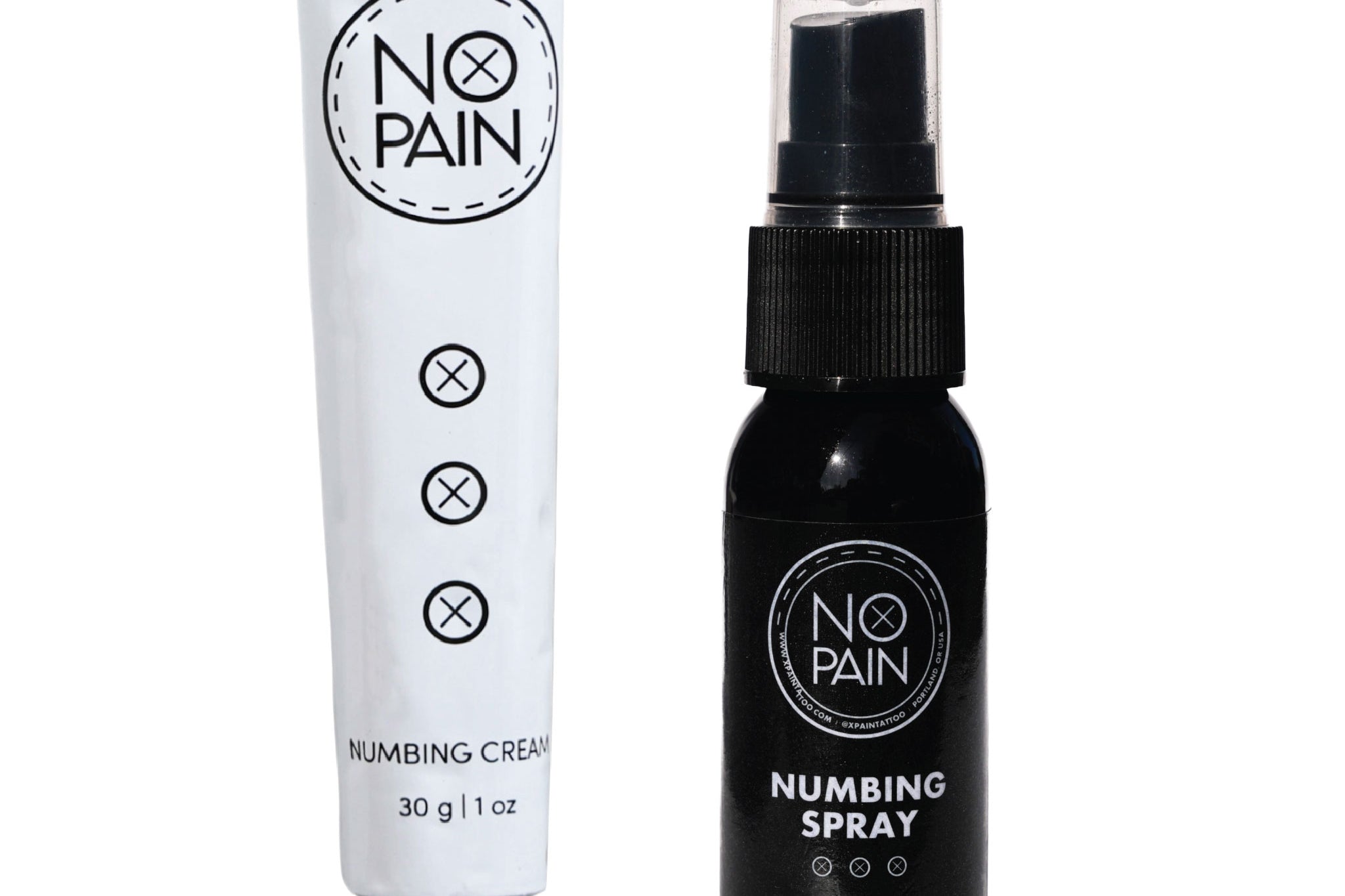You’ve just gotten a beautiful new tattoo. You’ve followed your artist's instructions, washed it perfectly, and admired it in the mirror all evening. Now, it’s time for bed, and a new wave of anxiety hits: "What if I roll over in my sleep? Is it okay to sleep directly on my new tattoo?"
Let's get this out of the way immediately: No, you should avoid sleeping directly on your new tattoo at all costs.
A fresh tattoo is an open wound, and the first few nights are a critical phase in the healing process. Don't worry, though. We’ve got you covered. This guide will break down why you should avoid it, provide practical tips for a safe night's sleep, and tell you exactly what to do if you wake up with your tattoo stuck to your sheets or clothing.
Why Sleeping On Your Tattoo is a Bad Idea
It’s not just about comfort; sleeping on your tattoo can actively damage it and hinder the healing process.
-
It Restricts Airflow and Traps Moisture: Your healing skin needs to breathe. Lying on your tattoo smothers it against your sheets, trapping heat and moisture. This creates a warm, humid environment that can be a potential breeding ground for bacteria, which could lead to an infection.
-
It Can Affect Blood Flow: Pressing your full body weight on a fresh wound for hours can restrict blood circulation to the area. Good blood flow is essential for delivering the healing cells your body needs to repair the skin.
-
The "Stuck Sheet" Problem: This is the most common and damaging issue. A new tattoo will weep small amounts of plasma and excess ink for the first day or two. This fluid is sticky when it dries. If you sleep directly on the tattoo, it can literally glue itself to your bedsheets. Waking up and instinctively ripping the sheet off can pull away freshly formed skin, yank out ink, and lead to a patchy, scarred heal.
Your Survival Guide: How to Sleep with a New Tattoo
A little preparation before bed can make all the difference.
-
Tip 1: Use Clean, Dark Sheets: First, make sure your bedding is clean to minimize bacteria. It’s also a good idea to use older, dark-colored sheets for the first few nights, as some ink and plasma transfer is inevitable.
-
Tip 2: Build a Pillow Fortress: The best strategy is to use pillows to physically prevent yourself from rolling onto your tattoo.
-
For an Arm/Sleeve Tattoo: Build a nest of pillows on either side of your body to keep you on your back, or prop your tattooed arm up on its own pillow. Or simply sleep on your side if possible.
-
For a Back Tattoo: This is the toughest placement. You’ll need to commit to sleeping on your stomach or side for the first week. Prop a large pillow behind your back to serve as a barrier.
-
For a Torso/Ribs Tattoo: Sleep on the opposite side of your new tattoo. Hugging a pillow to your chest can provide a comfortable buffer that also keeps you in place.
-
For a Leg Tattoo: Sleep on your back and try to keep the leg slightly elevated on a pillow to help with swelling.
-
-
Tip 3: The Right Aftercare Before Bed: Your last step before climbing into your pillow fort should be your aftercare routine. Gently wash your tattoo with our No Pain Tattoo Cleansing Foam to remove any bacteria from the day. Pat it fully dry and apply a very thin layer of our No Pain Tattoo Soothing Gel. A thin, breathable layer is key—applying too much can make the area sticky and more likely to adhere to your sheets.
-
You can also forego any type of aftercare product for the first night or two if you are prone to sleeping on the area that is freshly tattooed. Just wash, pat dry with paper towel, and wait about 30 minutes before getting into bed.
-
"Help! I Woke Up and My Tattoo is Stuck!"
It happens to the best of us. You wake up and realize your sheet or clothing is glued to your new tattoo. Here’s what to do.
-
DON'T PANIC and DON'T RIP IT OFF. Ripping it away is the worst thing you can do and will absolutely damage your tattoo.
-
Take the Sheet or Clothing Article With You. Carefully get out of bed, bringing the stuck portion of the sheet with you. Don't try to pull at it.
-
Soak the Area. Take the attached sheet into the bathroom and run a steady stream of lukewarm water over the outside of the fabric. The water will soak through and slowly dissolve the dried plasma, allowing the sheet to release from your skin gently and without any damage. You can also use a clean washcloth soaked in warm water for this, just make sure it's clean.
-
Clean and Assess. Once the sheet is free, immediately wash the tattoo gently with your No Pain Tattoo Cleansing Foam to remove any fibrous residue and bacteria. Pat it dry and continue with your normal aftercare routine.
The first few nights with a new tattoo can be tricky, but this phase passes quickly. A little planning before bed goes a long way in protecting your investment and ensuring your new art heals perfectly. Sweet dreams!




